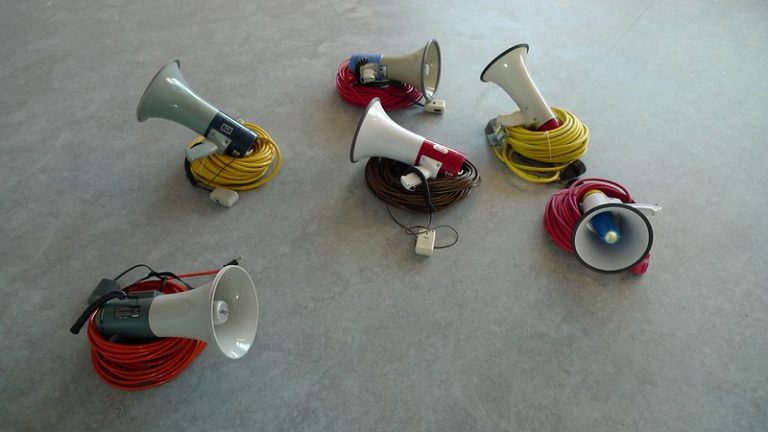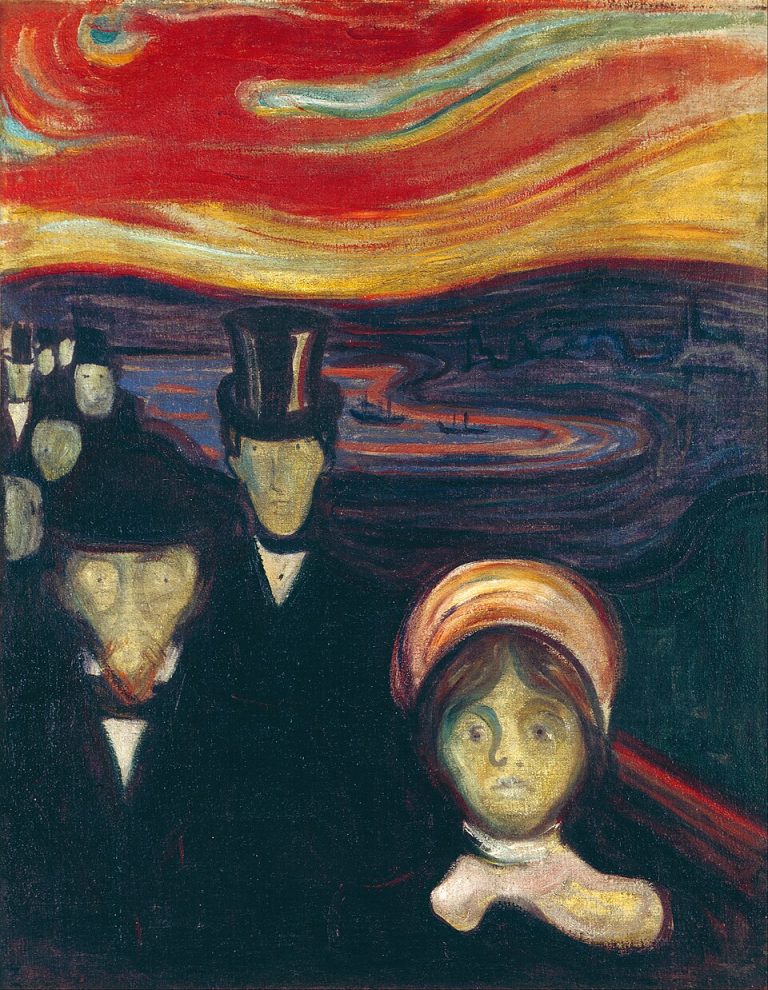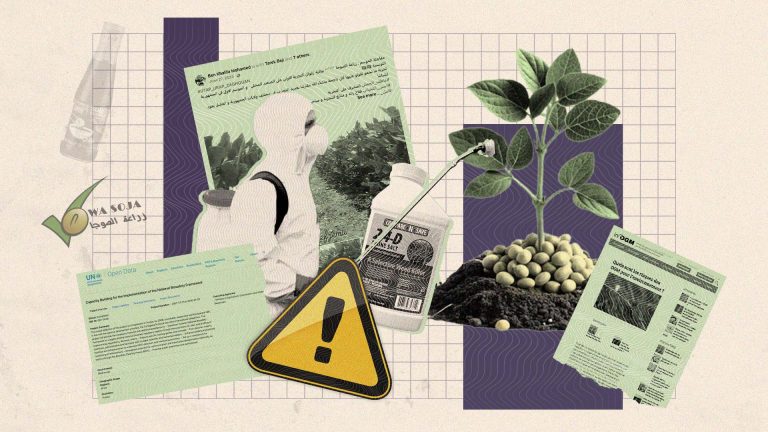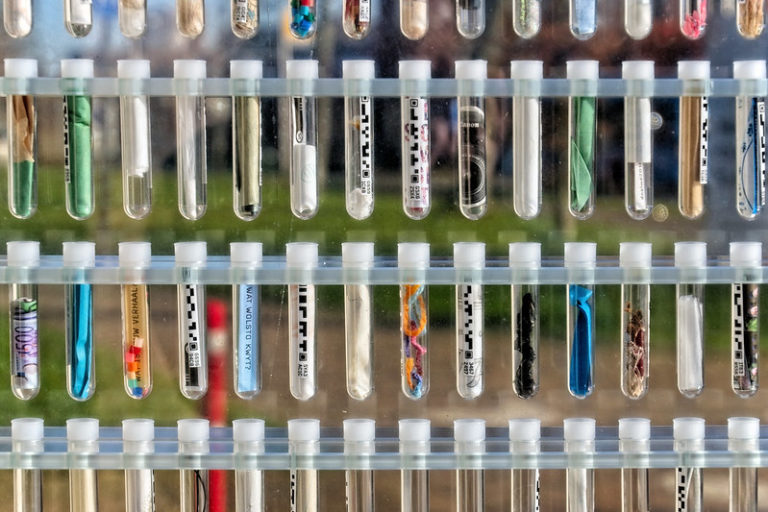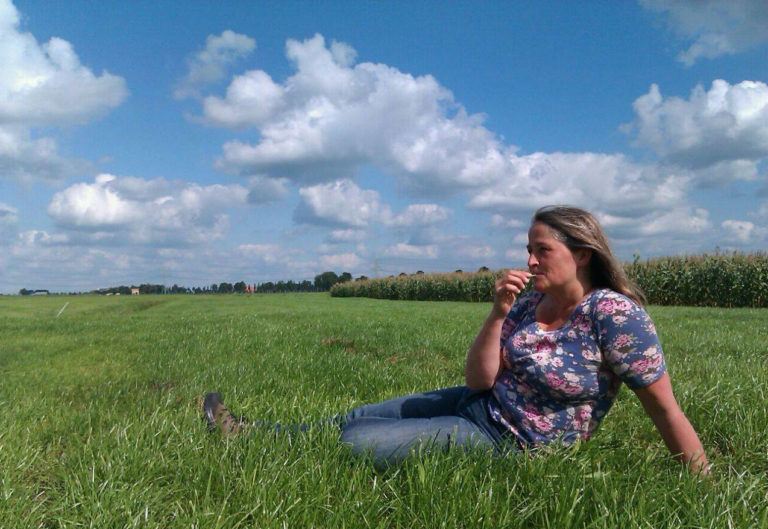News
Brazil: Endgame for Bayer’s GMO soybean patent?
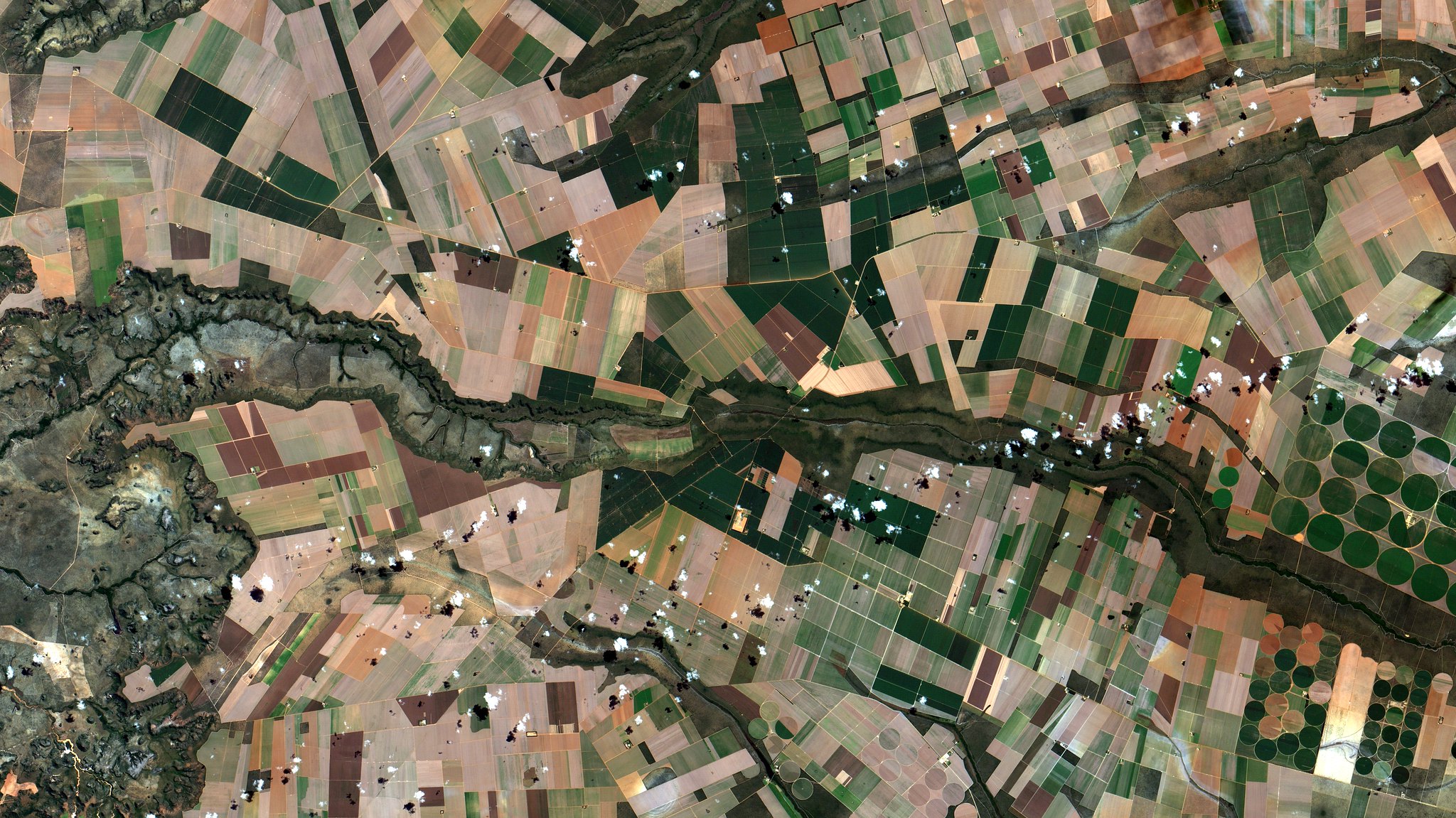
A new episode in the battle over Bayer/Monsanto patents on Roundup-tolerant transgenic soybeans: on February 13, 2023, the Brazilian Supreme Court ruled in favor of the soybean producers. A hard blow for the German multinational.
On February 13, 2023, Brazil’s Federal Supreme Court ordered Bayer to pay back to the soybean growers’ association Aprosoja [1] the full amount of royalties improperly collected since 2018 for a patent [2] on the Intacta RR2 PRO technology inherited from Monsanto [3]: 1.3 billion Brazilian Reals, or about 237 million euros. Brazil’s highest court has, in effect, accepted Aprosoja’s arguments that this patent could not benefit from more than 20 years of protection and had indeed expired in March 2018. It thus implements its ruling, from the “Direct Action in Unconstitutionality” no. 5529 of May 2021, declaring unconstitutional the provision of the Brazilian Industrial Property Law allowing to extend the validity of patents for more than 20 years [4]. According to Aprosoja, this is the first trial that implements this unconstitutionality decision. This latest episode may not be the last. This decision can be appealed to the same Supreme Court.
A long contested patent in Brazil
Intacta RR2 PRO soybeans were developed by Monsanto to tolerate its flagship herbicide, Roundup, and to kill certain insect pests such as lepidopterans [5]. It was approved for cultivation in Brazil in 2010. According to Aprosoja, this GMO accounts for two-thirds of the country’s GM soybean crop. Producers of this soybean must pay royalties to Bayer to cultivate these patented seeds.
The February 13, 2023 decision is yet another step in a long-running dispute. It all began in 2017, when Aprosoja filed a complaint. This association denounced then a lack of patentability for lack of inventive step [6] The Brazilian Court of Justice agreed with Aprosoja after the Brazilian INPI itself supported the association’s position in a technical opinion sent in January 2018. A federal judge then forced Monsanto, in July of the same year, to pay into escrow the royalties it has received since 2013 from Aprosoja for GM soybeans. In July 2019, farmers from ten other Brazilian states (including Bahia, Goiás, Piauí, Rondônia and Tocantins) are invited by the Mato Grosso Court of Justice to join the action.
In 2018, considering that the contested patent, for which it pays royalties, actually expired in March of that year, Aprosoja again brought the case before the judge of the Court of Justice of Mato Grosso. In August 2022, the judge issued a new injunction to Bayer to sequester one third of the total amount of royalties it had received. The decision of the Supreme Court in February 2023 confirmed the position of the judge of the Mato Grosso Court of Justice.
In 2022, Aprosoja filed a new lawsuit regarding a second Bayer patent on Intacta RR2 PRO, with the same amount of money at stake. According to the association, this patent would have expired in December 2020 and therefore cannot be the subject of royalties since then. If Aprosoja’s rights are again upheld, the cumulative amount of royalties Bayer would have to pay back could reach 2.5 billion Brazilian reals (about 454 million euros).
This judicial conclusion punctuates Monsanto’s strategy of wanting to “twist” Brazilian patent law, which turns its back on the patentability of living organisms, since the late 1990s. The above-mentioned patent on the Intacta RR2 PRO technology, which was filed in March 1998, is one of the first to be tested.
Monsanto, executioner and victim of the Brazilian patent law
The TRIPS Agreements [7] are an international compromise on industrial property issues. Article 27.3 of TRIPS allows member states of the World Trade Organization (WTO) to exclude animals and plants from the scope of patents, but obliges them to recognize the patentability of microorganisms and microbiological and non-biological processes, and to establish an effective system of protection for plant innovations. Historically unfavorable to patents, Brazil interprets these exclusions broadly and intends to simplify matters: living organisms and genes are not patentable, non-essentially biological processes on living organisms are.
When Monsanto filed its GMO/glyphosate tolerance patent applications in Brazil at the end of the 1990s, genes were therefore not patentable in principle. But the facts contradict this. The patent mentioned above, which was filed in March 1998, on “chimeric genes”, i.e. transgenes, will therefore be granted. As Brazilian lawyer Marcelo Dias Varella explains: “contrary to all evidence, the company [Monsanto] argued during the examination of its application [for a patent] for invention [at the Brazilian INPI] that the genes in the first patent were not genes, but an element of a process that was not essentially biological, which would allow it to be patented according to law 9.279. The reasoning, inspired by the North American doctrine, was contrary to the Brazilian legislation” [8].
In 1998, the Brazilian INPI gave in and granted a patent contrary to the legal provisions in force, thanks to unfounded arguments. Despite the administrative appeals in competition law (Zeneca and Nortox), Monsanto will manage to make these rights last for several years and develop market shares, acquire local companies and make farmers sign binding agreements.
Soybeans in South America
South America is a vast host territory for field crops, primarily soybeans. In just over twenty years, since the late 1990s, more than 95% of the soy grown there has become transgenic [9].
In 2020, Brazil devoted 29% of its territory to agriculture and had the fourth largest cultivated area after China, the United States and Australia [10]. In 2022, Brazil is the first soybean producer in the world with 159 million tons, ahead of the United States (126 million) and China (67 million) [11]. This crop, which is constantly expanding, is a disaster for biodiversity due in part to the deforestation it imposes [12]. In 2022, the worst year ever, 9,494 km² of vegetation was wiped off the map by deforestation and soy-fed cattle farming [13]. A report published by ICV (Instituto Centro de Vida), February 2022, states that between August 2008 and July 2019, one-fifth of the total deforestation in Mato Grosso took place in soy farms.
14% of Argentina’s territory is cultivated [14]. Soybeans have now become the main crop and occupy almost half of the cultivated land. Soybeans are also, in 2021, the country’s leading export product and contributed $9 billion in export tax revenue [15]. With 52 million tons in 2022, this country produces nearly 20% of the world’s soybeans, behind Brazil, the United States and China.
Together with Bolivia, Uruguay and Paraguay, Brazil and Argentina form what Syngenta called, in the 2000s, “the United Republic of Soybeans” [16]. In the late 1990s, the latter four countries made the choice of GMOs and pesticides, including glyphosate-tolerant Roundup Ready (RR) soybeans. This soybean is imported by Europe to feed its livestock. In 2020, 70% of it comes from Brazil and Argentina.
[1] Association of producers from the states of Mato Grosso, Bahia, Goiás, Piauí, Rondônia and Tocantins.
Aprosoja’s website (Brazilian language only, accessed February 22).
[2] Brazilian Patent PI 9816295-0 B1, filed March 3, 1998.
República Federativa do Brasil – Ministério da Indústria, Comércio Exterior e Serviços – Instituto Nacional da Propriedade Industrial, “Método de controle de infestacao de uma planta de soja por um inseto da familia Tortricidae”, March 3, 1998.
[3] Bayer bought Monsanto in 2018.
[5] This soybean is a stacked genetically modified plant (MON87701 x MON89788) containing the genes of Bacillus thuringiensis (Bt) and Agrobacterium tumefaciens; it is approved for import into the European Union.
Bayer, Intacta RR2 PRO (accessed February 22, 2023)
[6] Unlike the United States, where the criterion of inventive step (“non-obviousness“) can be met despite a small modification of natural elements, Brazil requires a “greater effort” from the researchers, moving further away from the pre-existing elements in nature; the requirement of inventive step is more important.
[7] Trade-Related Aspects of Intellectual Property Rights (WTO Agreements)
[8] Varella, MD, “Intellectual Property and Seeds: The Means of Agricultural Export Control by Multinational Companies”, International Review of Economic Law, 2006
[9] Greenpeace, page Soy and deforestation, “Soy for animal feed, an environmental disaster”
[10] World Bank, “Agricultural land.
[11] Wikipedia, “Agriculture in Argentina”.
[13] “Carrefour still smokes us”, Mighty Earth, 2022.
[14] USDA (United States Department of Agriculture), “Oil Seeds: world makets and trade”, February 2023 (accessed 23 February 2023).
[15] “Argentina, the new Messi of soybeans”, Plein Champ, May 6, 2022.
[16] , « Le soja en Amérique latine : chance ou cauchemar ? », Inf’OGM, 30 December 2019.





